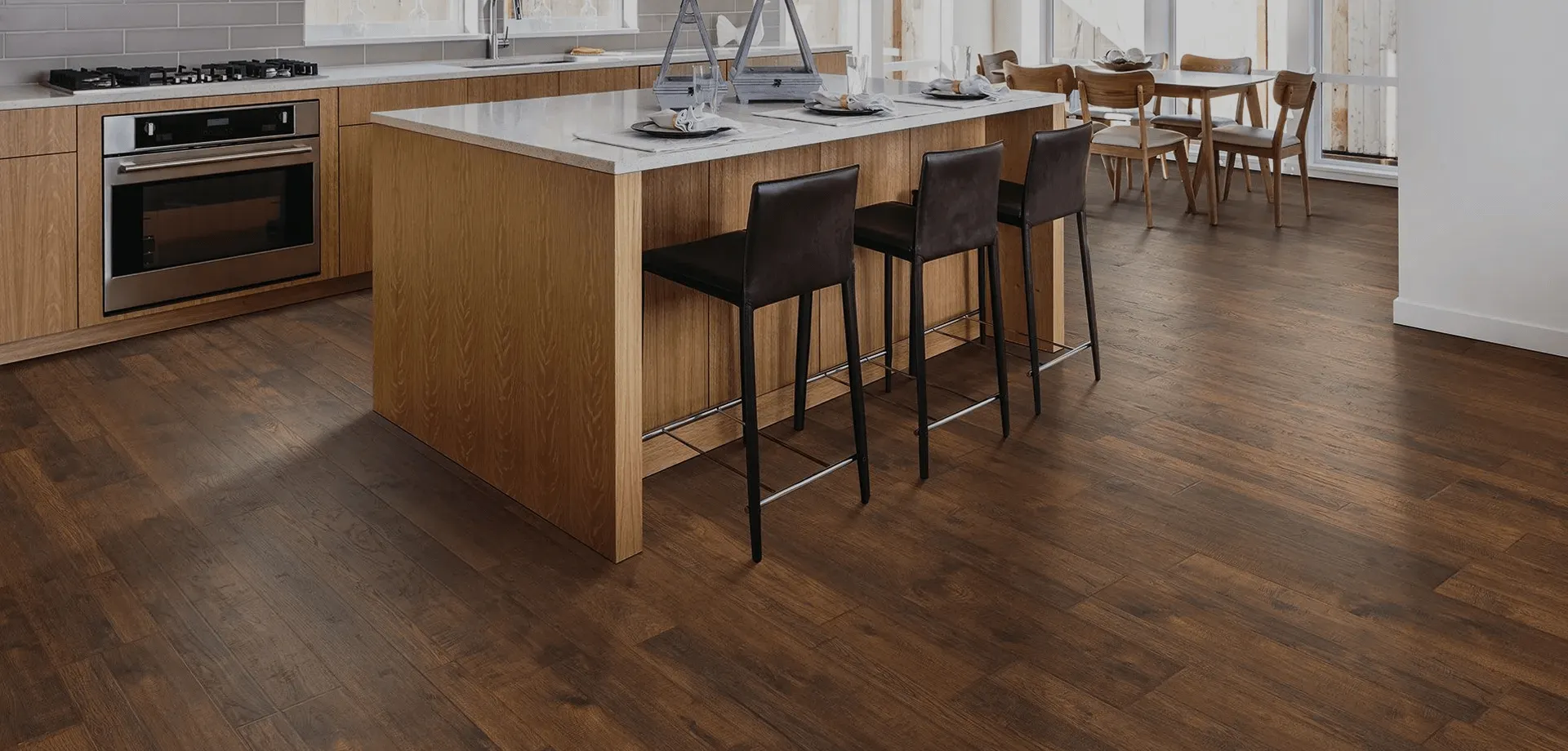Commercial Kitchen Walls and Floors Cleaning Guide
Importance of Cleaning Commercial Kitchen Walls and Floors
In the fast-paced world of the food service industry, maintaining a clean environment is essential for both the health of customers and the efficiency of staff. One area that often gets overlooked in this regard is the cleaning of the walls and floors of commercial kitchens. However, these surfaces play a crucial role in ensuring overall hygiene and safety.
The Role of Clean Walls and Floors
Commercial kitchens are high-traffic areas where spills, splashes, and food debris are a daily occurrence. Walls and floors, if not regularly cleaned, can become breeding grounds for bacteria and pests. Grease, dirt, and food particles build up quickly, creating an unsanitary environment that can jeopardize food safety. This is particularly critical, as many foodborne illnesses stem from cross-contamination and improper sanitation practices.
Clean walls reflect a well-maintained kitchen environment, while grimy surfaces can lead to negative perceptions from patrons. In the competitive food industry, a reputation for cleanliness can set businesses apart and encourage repeat customers. Additionally, in the case of health inspections, cleanliness of walls and floors is often rigorously evaluated. A kitchen that fails to meet health standards due to unsanitary surfaces can face not only fines but also a damaged reputation.
Preventative Measures
To effectively maintain clean walls and floors, it's important to implement a regular cleaning schedule
. Frequent cleaning not only ensures that surfaces remain sanitary but also prevents the buildup of grime and grease, making each cleaning session easier and more efficient. Staff should be trained on proper cleaning techniques, using materials and solutions that comply with health regulations.commercial kitchen walls and floors should be cleaned

For walls, using non-porous materials can help prevent the absorption of liquids and make cleaning easier. Smooth surfaces are easier to wipe down and less likely to harbor bacteria. In addition, wall-mounted shelves can help keep floor areas clear and make it easier to clean the flooring beneath them.
As for the floors, using slip-resistant surfaces can enhance safety in the kitchen while also easing the cleaning process. It is important to have a dedicated floor cleaning routine, sweeping away food debris regularly and mopping to ensure that any spilled substances are addressed promptly.
Regular Deep Cleaning
Beyond routine cleaning, deep cleanings should be scheduled periodically. This includes thorough scrubbing of all surfaces, including hard-to-reach areas. During deep cleaning sessions, equipment should be moved, and floors should be cleaned under appliances and fixtures where dirt tends to accumulate.
Incorporating deep cleaning into the operational routine of a commercial kitchen ensures that even the most neglected areas are addressed. It also helps to identify any potential hazards, such as flaking paint or peeling tiles, which could both pose health risks and detract from the overall appearance of the kitchen.
Conclusion
In conclusion, the cleanliness of walls and floors in a commercial kitchen is paramount for health, safety, and perception. By prioritizing regular and deep cleaning practices, kitchen managers can enhance the efficiency of their operations, protect customers from foodborne illnesses, and uphold the reputation of their establishment. A clean kitchen is not simply a regulatory requirement; it is a cornerstone of a successful food service business.
-
Waterproof Advantages of SPC Flooring Vinyl in KitchensAug.06,2025
-
SPC Hybrid Waterproof Flooring Thickness GuideAug.06,2025
-
Leveling Subfloor Before My Floor SPC InstallAug.06,2025
-
How Mesh Deck Skirting Improves Outdoor Pest ControlAug.06,2025
-
Choosing the Right Commercial Flooring for Your Business NeedsAug.06,2025
-
Choosing the Best Residential Flooring: A Comprehensive Guide to Style, Durability, and ComfortAug.06,2025




